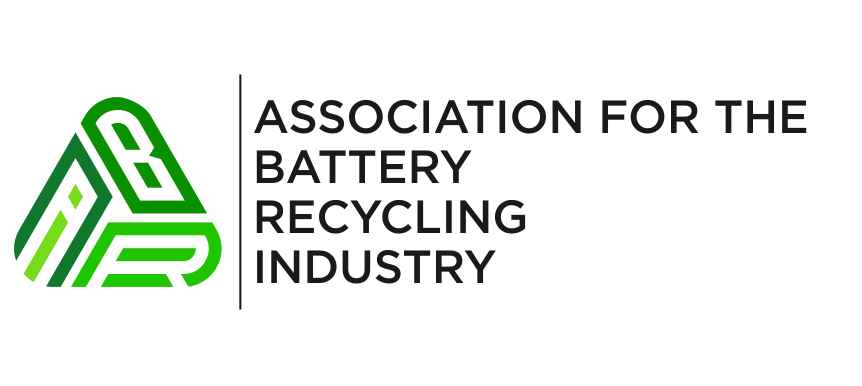Urgent need for action timeline to implement battery strategy
24 May 2024 – The Federal Government’s National Battery Strategy is a step forward to a clean energy future and critical minerals security, but there is an urgent need for an action plan with clear timelines backed by a transparent process for achieving access to funding.
Association for the Battery Recycling Industry’s (ABRI) CEO Katharine Hole said it is now time to action the strategy to deliver a clean energy transition, including jobs and investment in the battery recycling industry. Whilst both the recent Federal Budget and Battery Strategy clearly define the Government’s ambitions in relation to manufacturing there is little specific material detailing the stance for circular economy strategies including both the recycling of battery cells and the recovery of battery metals & materials from end of life batteries.
She said the sector has the opportunity to play a role in global ESG and critical mineral supply chains but is competing in a high-pressure global race.
Ms Hole said: “As an immediate starting point, The Future Made in Australia Innovation Fund needs to prioritise funding to stand up high value critical minerals recovery from recycled batteries. This could take the same approach ARENA successfully applied to large scale solar grants in 2013 and 2016 - a time limited and focused round of investment with clear guidelines for what is required to achieve funding certainty.”
Battery recycling is a core component to underpin delivery of the Strategy’s targets to:
improve Australia's energy security – including the sovereign capability in relation to minerals such as cobalt which will remain critical for battery manufacturing
ensure Australia’s place in global battery supply chains
drive economic growth
create positive social, economic and resilience outcomes for all Australians
Ms Hole said that countries leading the battery circular economy are implementing a clear mix of funding and policy measures to drive investment, trade, ESG, net zero and jobs outcomes. Europe’s battery directive is a leading example of securing critical mineral supply chains, driving circularity and reducing fire risks in waste facilities.
“The upcoming June Environment Ministers meeting should complement the Strategy by setting a clear action plan for funding, policy and regulatory measures to drive battery recycling and reduce regulatory ambiguity for recyclers. The Environment Ministers have the opportunity to support a step change in battery recycling and reduce risk to workers in the waste sector, support critical mineral circularity and reduce environmental damage from toxic batteries decaying and leaking into the environment.”
“We need governments, with industry to urgently close the loop on the battery value chain and address incorrect disposal of batteries which is contributing to a spate of fires and increased costs in the waste sector,” she said.
“Funding and expansion of the collection of household, loose and embedded batteries must also be a priority.
“Discussions at a recent waste sector forum in Tasmania highlighted the increasing insurance and liability challenges of incorrect waste battery disposal. This is a costly problem for the entire community which can't be ignored. It will continue to escalate if not addressed.”
